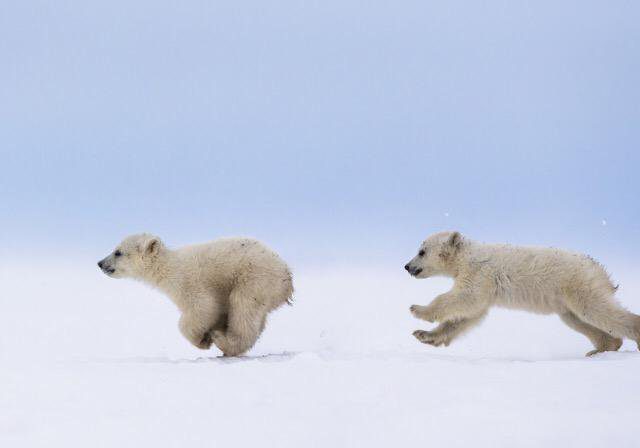As winter rapidly approaches and we find ourselves running in colder temperatures, this might
be the winter to try adapting your physiology to make spending time out in the cold more bear-
able!
Why adapt to the cold?
When runners think of adapting their physiology to operate more optimally in extreme
environmental conditions, we generally think of adapting to heat or altitude. Although making
physiological adaptations to the cold takes about 4 weeks, compared to the approximately 2
weeks for heat adaptations, some of the benefits to adapting your body to the cold include
greater comfort in cold conditions, increased metabolic efficiency, and the potential to lose
weight.
What are the physiological adaptations that take place?
Blood flow is the primary method of heat transportation in the body. When the thermal receptors
on our skin are stimulated by colder temperatures, our blood vessels begin an alternating cycle
of dilating and constricting in an attempt to transport heat through blood flow to your core to
protect internal organ function while also transporting heat to your extremities to prevent
damage from the cold. This process speeds up as your body adapts to the cold and allows your
blood to keep your extremities warm while still supporting internal organ function. Shivering is a
metabolically inefficient task to keep warm as runners because our muscles are using energy to
contract and relax rapidly for heat production rather than locomotion. As our blood vessels
become more efficient at transporting heat to our skin surface and extremities, the necessity of
shivering for warmth is reduced.
Although cold weather adaptations will not increase the amount of calories utilized during
exercise, adapting your physiology to the cold can increase your resting metabolic rate primarily
through increasing brown adipose tissue, or brown fat. The difference between brown fat and
our normal white fat is that white fat only stores unused calories, whereas, brown fat converts
calories into heat without producing energy used in locomotion. When humans are exposed to
chronically cold environments or repeated bouts of short-term cold exposure, our brown fat
stores increase. Our body will use the brown fat to produce heat from stored calories when we
are at rest in cold environments, which can lead to weight loss. However, it should also be noted
that exposure to cold also increases our appetite because food metabolism is an extremely
effective method of heat production in the body.
How do I adapt to the cold?
Chronic exposure to the cold is only practical if you live in an environment that is cold all the
time, like polar bears. However, cold adaptations are quickly lost with chronic increases in
temperature; a consideration when evaluating the impact that global warming is having on
animals like polar bears.
The most practical method of adapting your physiology to cold weather
is repeated bouts of cold water exposure. Most research studies that have stimulated adaptations best suited for thriving in the cold have subjects submerge themselves in frigid water for hours; however, you can get the same benefits by taking cold showers and sleeping in
a cold room.
One of the acute physiological responses to rapidly exposing your body to cold,
like hopping in a cold body of water or stepping into a cold shower, is that your blood vessels
quickly constrict and your blood pressure will increase. This is not advisable for someone with
heart problems or high blood pressure.
Store staffer Maxx Antush is a lifelong self-proclaimed running nerd who has run through high school, college, and post-collegiately for Bellingham Distance Project. He has a Master’s of Science degree in exercise science from WWU and coaches runners of all ability levels for events ranging from 5-km to 200+ miles through Team RunRun. You can connect with Maxx about coaching or running through email at maxx.antush@teamrunrun.com.


